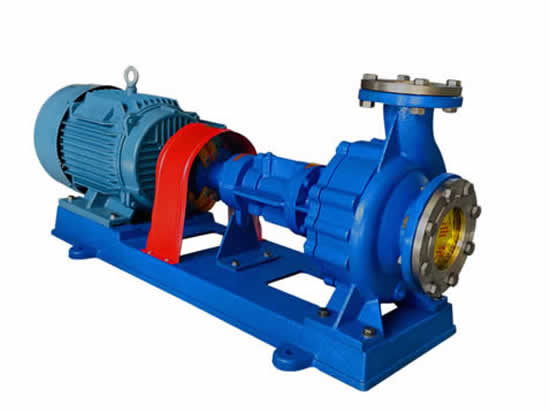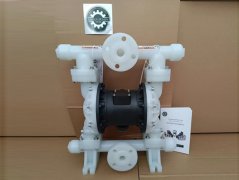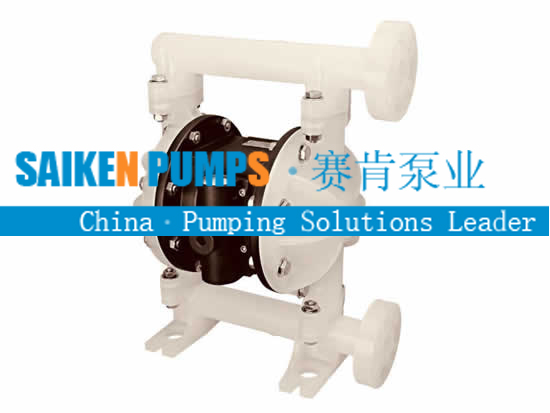Pneumatic diaphragm pump conveys dust
Dust transportation is a classic application of pneumatic diaphragm pumps. After purchasing pneumatic diaphragm pumps, what should customers pay attention to when using them? How to deal with failures? These will be the content of this article.
The advantage of pneumatic diaphragm pumps for conveying dust is that the powder materials are transported in closed management, which can prevent operators from contacting the powder as little as possible, especially for some toxic and harmful powders, ensuring personal safety; avoiding dust The flying situation in the production workshop reduces air pollution and raw material waste (supporting the use of special air release components).
Designed with air flow induction system, fluidizing gas and pump motor driving gas can be separated to avoid material air contact with oxidation and deliquescent, fluidizing gas can be further purified and dried separately (contact with powder), and other gases (such as nitrogen) can be used And other inert gases).
The system is economical, simple to install and use-unlike the expensive traditional large-scale and complex pre-installed powder delivery system, it is light and can be easily moved anywhere (can be installed on a cart, and the cart can be customized). Ready to use, no installation and debugging.
Pneumatic diaphragm pump needs to pay attention to the following matters when conveying dust:
1. Keep good exhaust and ventilation, away from flammable, explosive and heat sources. Grounding requirements comply with local laws and regulations and some special requirements on site.
2. Ensure that all operators are familiar with the operation and use and master the safety precautions of the pneumatic diaphragm pump. If necessary, provide the necessary protective equipment.
3. Ensure that the largest particle contained in the fluid does not exceed the pump’s maximum safe passing particle diameter standard.
4. The intake pressure should not exceed the maximum allowable working pressure of the pump. Compressed air higher than the rated pressure may cause personal injury and property loss and damage the performance of the pump.
5. Ensure that the piping system of the pneumatic diaphragm pump can withstand the highest output pressure reached, and ensure the cleanliness and normal working conditions of the driving air system.
6. Static sparks may cause explosions, resulting in personal injury, death, and property loss. Use a wire with a large enough cross-sectional area as needed to properly and reliably ground the ground screw on the pump.
7. Fasten the pump and each connection pipe joint to prevent electrostatic sparks from being generated by vibration. Use antistatic hose.
8. To periodically check and test the reliability of the grounding system, the grounding resistance is required to be less than 100 ohms.





 +8617731766260/18233754501
+8617731766260/18233754501  fan@saikenpumps.com
fan@saikenpumps.com










 +8617731766260/18233754501
+8617731766260/18233754501 +86-317-8227664
+86-317-8227664
 +8618233754501
+8618233754501